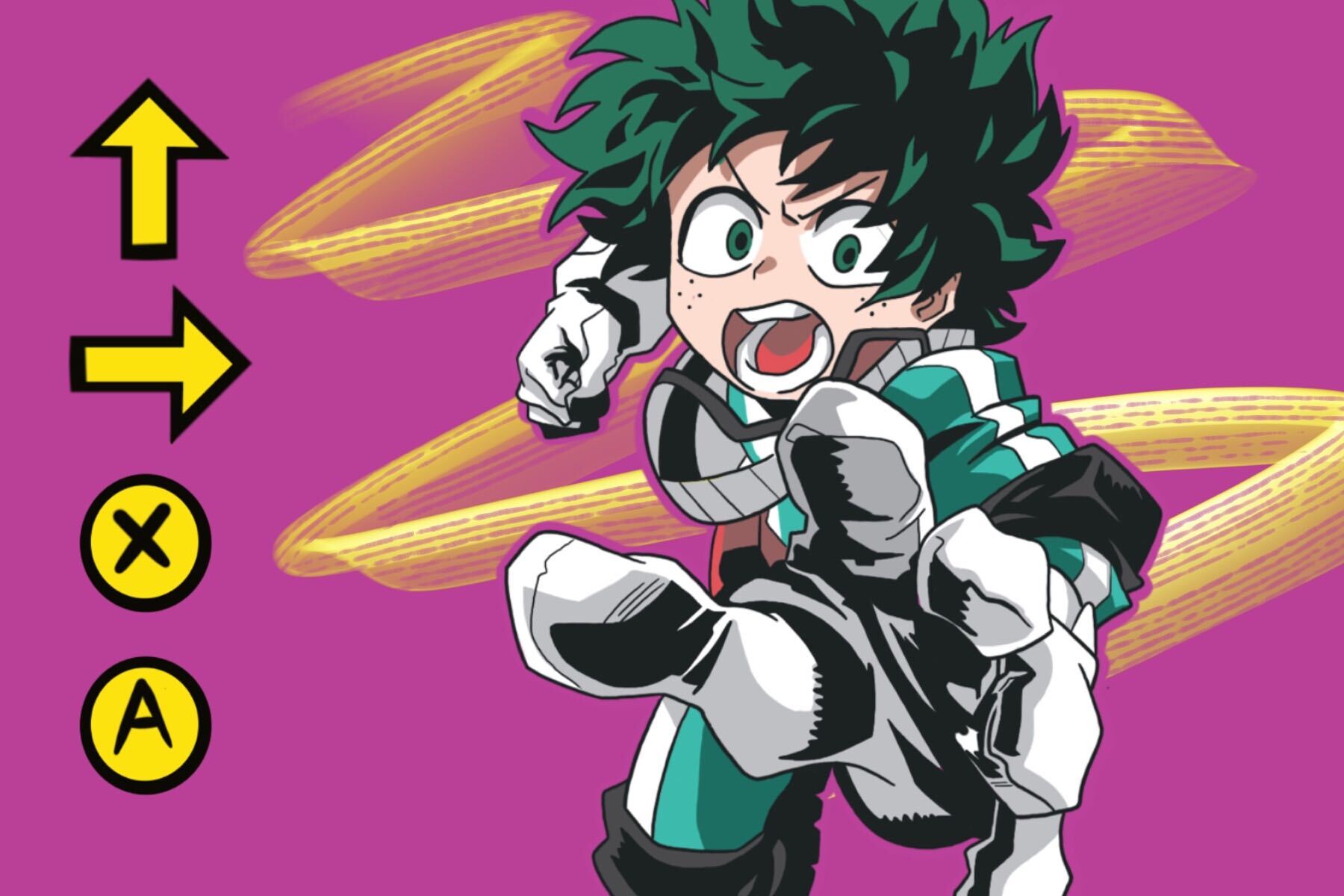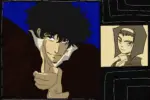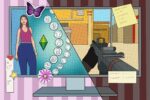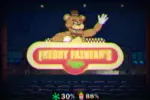I’ve grown up with two hobbies: watching anime and playing video games.
Of course, I’ve developed other hobbies like weightlifting, drawing and writing but I discovered them later in life. Even now, anime and games never cease to entertain me.
If you walked into my apartment, the first thing that will catch your attention is the shelves jam-packed with games for my different consoles, from Xbox to PlayStation 2 to Nintendo Switch. Most, of which, I’ve already beaten. If you go through my computer, you’ll find that my watchlist on Netflix, Hulu and Prime Video consists of a lot of unwatched anime shows that look interesting. It’s been pared down since self-quarantine has been in place, but it’s still long.
I’m just a nerd by nature. And I’m proud of it.
On Twitter, I came across various memes about the show “My Hero Academia.” They were funny, but I felt out of the loop. I decided to binge the series on Hulu with my boyfriend one day. We ended up finishing Season 3 within three days.
Then, I heard about the release of its video game, My Hero One’s Justice. I obviously pre-ordered it because it came with a DLC code to unlock Endeavor as a playable character. Plus, I’m a huge fan of fighting games.
Once it came in the mail, I beat the game within a month. It left me impatiently waiting for the sequel to release. But I was afraid too.
Would My Hero One’s Justice 2 be just as good as the first?
Background of My Hero Academia
Both My Hero One’s Justice 1 and 2 follows the storyline of “My Hero Academia.”
The series focuses on a society where people can possess special abilities, commonly known as Quirks. Quirks can either steer a person to be a hero that rescues others, or a villain hellbent on destruction. For Izuku Midoriya, he has always dreamed of becoming a hero just like his idol and No. 1 hero, All Might. Unfortunately, his dream was seemingly cut short after finding out that he’s Quirkless.
That is until he met All Might in person, who was hiding a severe wound from the rest of the world to keep up morale.
All Might, later on, shares the secret of his Quirk “One For All” and chooses Izuku as his successor. He was moved by Izuku’s bravery to save his childhood friend, Katsuki Bakugo, from danger. With the help of All Might, Izuku pursues his dream of being a hero and attends U.A. High School to help refine his new Quirk with his classmates in Class 1-A.
Unknown to the students, however, lurks Tomura Shigaraki and the League of Villains that seek to rid the world of all heroes for good.
More Characters, More Maps
My Hero One’s Justice 2 gives players more choices for playable characters and map selection. There are 40 characters to choose from and 24 maps to fight on. Compared to the previous game, the options are almost doubled. Having more options adds variations to fights between characters, as well as the ability to understand the Quirks of other characters better.
For competitive players, more characters allow one to refine their combat skills against various online opponents. They’re able to strategically come up with counters against moves that could change the outcome of any match. It can also help players figure out improvements to their strategies as well as what characters would suit their fighting style more.
Maps in My Hero One’s Justice 2, additionally, offer no option for a Ring Out, a term that refers to an out of bounds area. If a player knocks another out of bounds, then it’s an automatic victory. In the previous game, three out of the 15 maps had the possibility of a Ring Out. The sequel modified those maps to eliminate it.
Personally, I prefer the maps in My Hero One’s Justice 2 because it forces players to focus on their skills instead of getting a lucky shot and knocking their opponent out. Having a Ring Out option makes a victory less satisfying and doesn’t stimulate any thought to improving strategy.
Storyline of My Hero One’s Justice 2
My Hero One’s Justice encompasses Season 1 to half of Season 3, focusing on the major, life-changing moments for the characters. It skims past the unnecessary details and converts them to short clips for players to watch. Many of the episodes, in the beginning, give more background to build up the upcoming action. Additionally, Story Mode allows players to play as heroes and villains, experiencing both sides of combat.
The sequel, on the contrary, is more action packed. It focuses on the other half of Season 3 and most of Season 4. These episodes solely revolve around the combat between hero and villain and steer away from filler information. There are fewer short clips, which means more playable action for players. Story Mode does have a hero and villain side, just like the previous game.
After playing both games, I found that My Hero One’s Justice 2 has more difficult fights as I progressed through Story Mode. I figure that having more playable missions implies that players will have more possibilities to improve their gameplay strategies and complete objectives.
Completing Objectives
When playing Story Mode of My Hero One’s Justice, there are objectives that, when completed, unlock gear for characters. The problem with them, however, is that they were secretive; players never knew what they had to do to complete objectives. It’s rather frustrating to replay missions repeatedly to get nothing but more coins for the shop. I’ve been through it many times. It’s like being told to find a specific object without knowing what it is.
My Hero One’s Justice 2 resolves the frustration by openly stating the objectives. This gives players the ability to focus on achieving the goal set in game and improve their gameplay strategies against the bot. It’s also more satisfying to physically see the completed achievements. I know I feel that way. Seeing the completion rate gives me more optimism about the growth of my playing abilities.
Would I Recommend My Hero One’s Justice 2?
My Hero One’s Justice 2 is a game that builds on the the plot of My Hero Academia through Quirk-to-Quirk combat between the heroes and villains. Players are given more options for characters and maps to fight and refine their skills.
The big question still remains: Is My Hero One’s Justice 2 worth it? Yes.
I find the sequel to be better than the original. Not having any Ring Out maps forces players to win based on skill instead of luck. Reading the objectives instead of blindly trying to complete them is easier and less frustrating for gamers that want to unlock special gear. It has much more straightforward gameplay that provides players with the ability to improve themselves against tough opponents; it’s a fun, action-packed learning experience to gamers that are willing to take on the challenges.

















